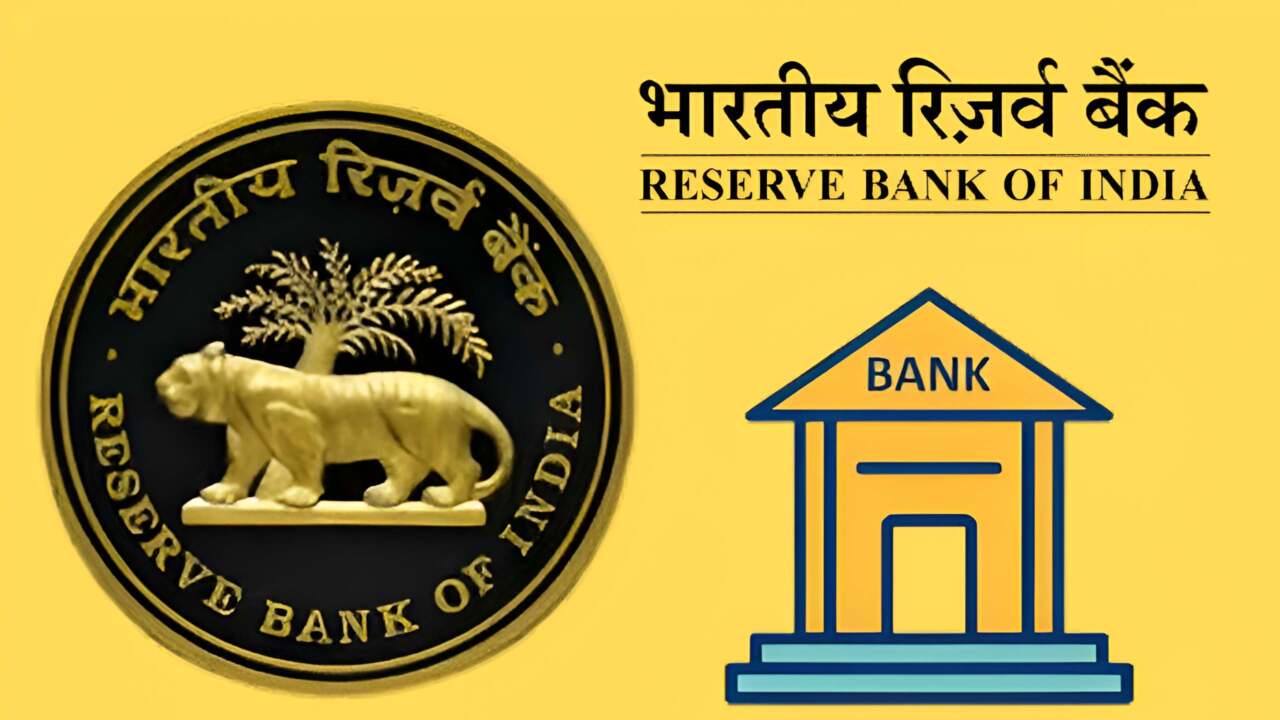According to experts, the simplest approach to reduce the interest rate on a house loan is to transfer the amount internally. This eliminates the need for a property appraisal and requires fewer paperwork.
Following a cumulative 100 basis point reduction since the beginning of the year, the Reserve Bank of India (RBI) maintained the repo rate steady on October 1st, as anticipated.
Home loan customers have benefited from the MPC’s easing in the shape of lower EMIs. For a loan of Rs 1 lakh with a 20-year term, a 100 bps reduction lowers the EMI by around Rs 65 per lakh. This translates into savings of about Rs 1,625 and Rs 3,250 for loans of Rs 25 lakh and Rs 50 lakh, respectively.
There are a few solutions available to you if you are wondering how to cut your EMIs even more.
But first, the crucial question: Should you continue using your present bank or switch to a different one that offers higher rates on house loans?
Is It Better to Refinance or Renegotiate?
To get a cheaper home loan rate, you need to “internally balance transfer” with your current lender. This is the simplest route, requiring less documentation and no property value, which speeds up processing. There will be a transition cost, however, which is often between 0.25 and 0.5 percent of the remaining loan balance. Occasionally, there may be a flat processing fee.
Refinancing, which entails transferring the whole loan amount to a new lender with cheaper rates, is an additional option for even greater savings. However, there can be some extra costs associated with property inspections and new documentation.
Which Way Is Better?
The trouble of switching lenders is often not worth it if the rate difference is tiny, say 0.25 to 0.5%. Staying with your current lender is always preferable if your bank agrees to a reduced interest rate in exchange for a reasonable conversion fee. This is particularly true if you are in the latter years of the loan, when the majority of the EMI is used for principle payments.
However, refinancing may save a significant amount of money if the rate disparity is larger, say 0.75% or more, particularly when the house loan is in its early to mid-tenure. In the beginning, the EMI mostly covers interest. If you can make sure that the net savings after switching costs are at least 15% to 20% higher than remaining with the lender, this move may save thousands of rupees.
Shorter Tenure or Lower EMI?
The next crucial choice is whether to maintain the EMIs the same and finish the loan sooner or to cut them in order to minimize the monthly payment after locking in a reduced home loan rate.
Reducing EMIs improves your cash flow, particularly if you have additional debts or other expenses, such as children’s school fees. However, you may pay off the loan more quickly and save a significant amount of money on interest by lowering the duration and maintaining a constant EMI.
An RBI rate drop might be a huge relief for home loan holders. The reduction from 8.5% to 7.5% on a 20-year loan of Rs 50 lakh results in savings of almost Rs 7.5 lakh. “Customers may save up to Rs 15.4 lakh over the course of the tenor if they keep their previous EMI levels. “This is one of the finest periods in recent years to invest in a house since banks are keeping their spreads and offering seasonal deals on processing fees and special rates,” said Adhil Shetty, CEO of BankBazaar.com.
Together with extra savings from the Budget’s income tax relief and reduced GST on essential goods and services, family buying power has increased, which may encourage borrowing even more. “This fosters a favorable climate for an increase in loan demand. “We anticipate a notable increase in borrowing across all categories as we enter the holiday season, from house financing to consumer loans, driven by better affordability, policy assistance, and higher consumer mood,” said Raoul Kapoor, co-CEO of Andromeda Sales and Distribution.

